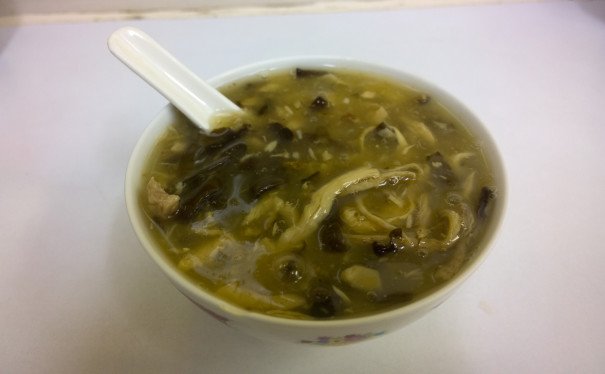
A Visit to the Last of the Snake Kings

A Visit to the Last of the Snake Kings
Snake Soup in Wan Chai
I remember walking home from school and cutting through the wet market. It was routine. I was 10 or 12, quick on my feet and always ready to dodge the warm, crimson spray from butchers’ blocks so that my uniform wouldn’t be ruined. There would be a tongue here, some guts there, split carcasses on meat hooks, blood in the gutter. Voices were loud and tempers were often hot. Within the frenetic marketplace activity, something else captured my fascination. In wire cages, they coiled, hissed, measured. Their tongues flicked in a gestural language. When approached, they stared back, eye to eye, snout to nose. Once in a while, a leathered men in a stained wife-beater would grab one from captivity, toy with it, and even let me touch it. “It’s not venomous,” he would assure me, before pointing to scars and bite marks, impressions left by past missteps.
The snakes end up in soup.
It is an ancient recipe, at least 2,200 years old according to some historical accounts. Originally a stew for barbarians, it was dressed up and became popular in the nineteenth century. Being able to gather the ingredients from varied sources—two or three breeds of snakes, chrysanthemum leaves, lemon leaves, fungus, and a bevy of spices—required wealth and connections, or favor from above. It was reserved for the dynastic elite, and a mythology was created around snake stew: it warms winters, it nourishes blood, it boosts qi, it makes you young again.
Now, logistical hurdles of the past can be easily overcome. The snakes are from farms in Malaysia and Indonesia, the fungus and mushrooms are from mainland China, the fish maw, too, and the ginger is from South Asia. All of that, and more, goes in a stainless steel tank and is slow-cooked overnight. Snake kings, as the soup-makers call themselves, are keepers of a tradition that is slowly fading away.
If you’re wondering, snake soup really does taste like chicken.
Snake-king soup rooms were once much more common. In Wan Chai, only one remains in a largely gentrified neighborhood, still slinging out bowls of thick broth to regulars, though summers are slow. Nearby, peers and competitors have shuttered their shops, replaced by hipster sandwich joints, poke stands, wine bars, and tapas restaurants more suited for the young expat crowd that has taken up residence in old walk-up tenements.
Elders who have witnessed decades of change in Wan Chai still stop by the last snake-soup restaurant in the district’s wet market. They stand by the entrance and exchange neighborhood gossip with the couple who run the shop. Arthritis and other ailments prevent them from using the store’s plastic stools, so a few take small orders to go in lidded styrofoam bowls. Service apartment towers and other new developments encircle the wet market already. Likely, these soup-makers will soon be gone, too.
It’s an age-old debate: is gentrification necessarily a zero-sum game? I don’t know, though I do wonder whether, in a few years, the Wan Chai I knew will only be recalled in framed photographs on museum walls.